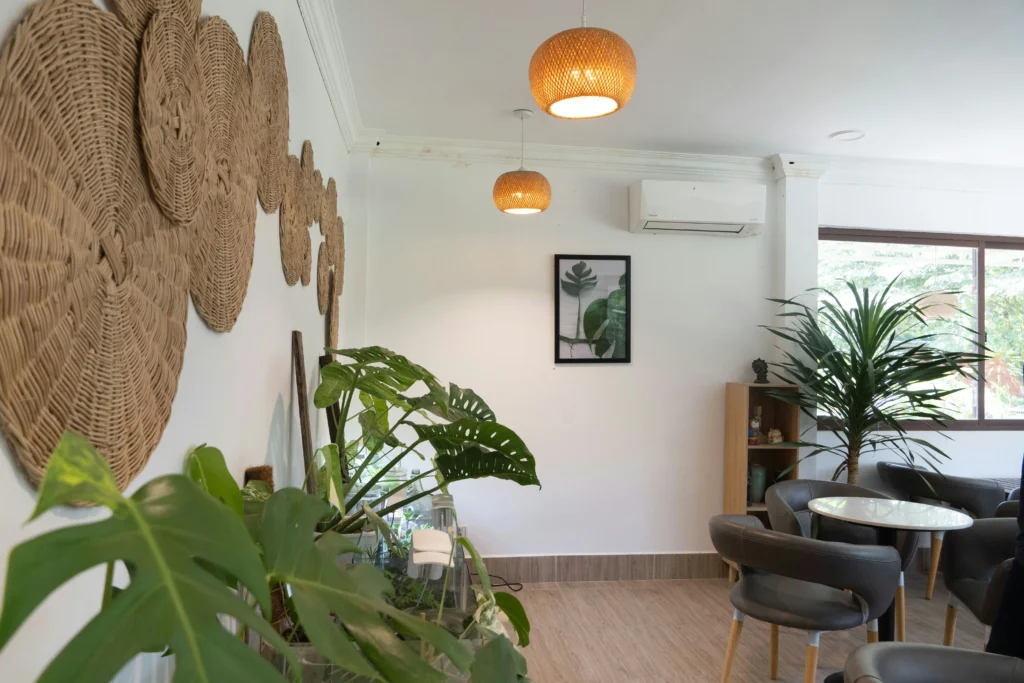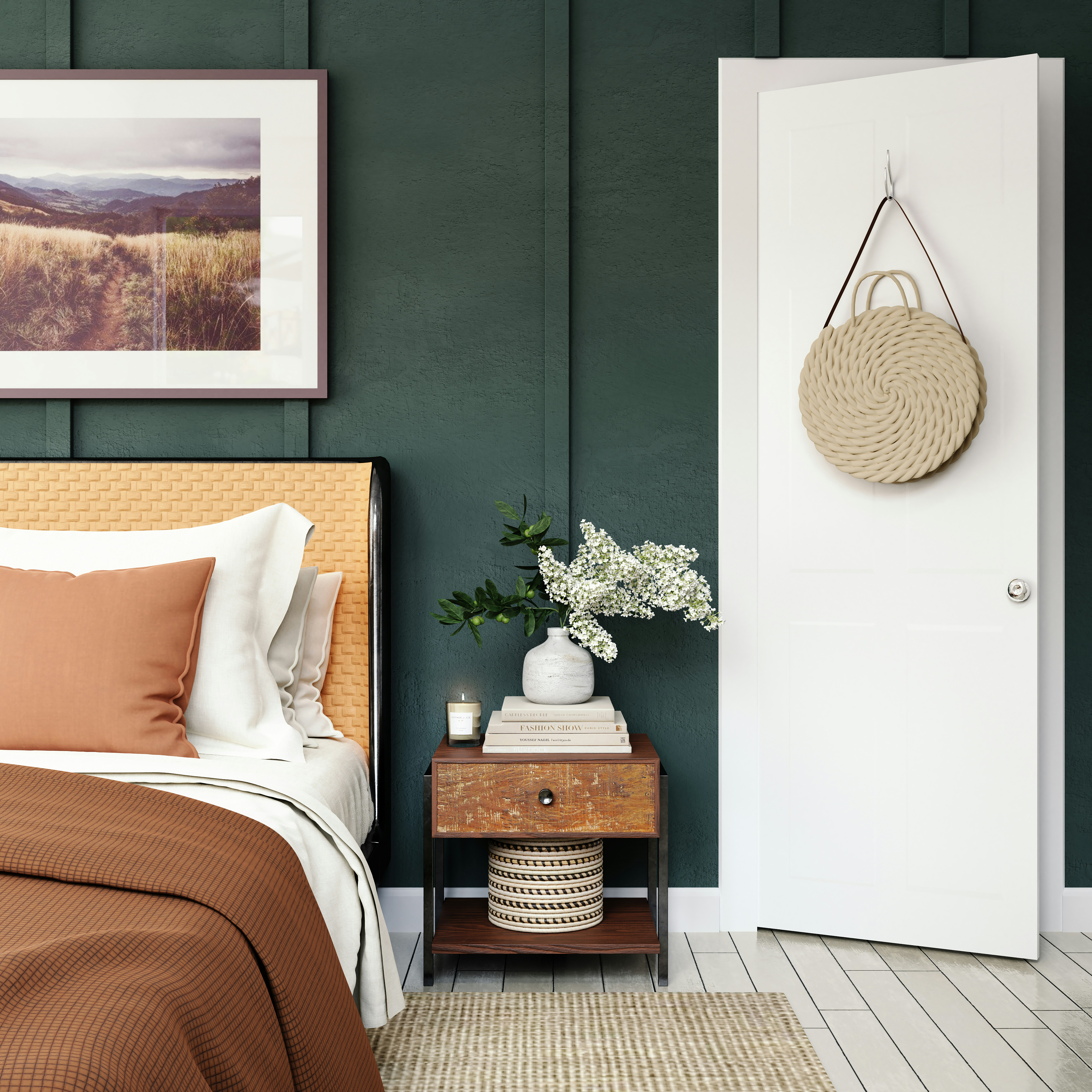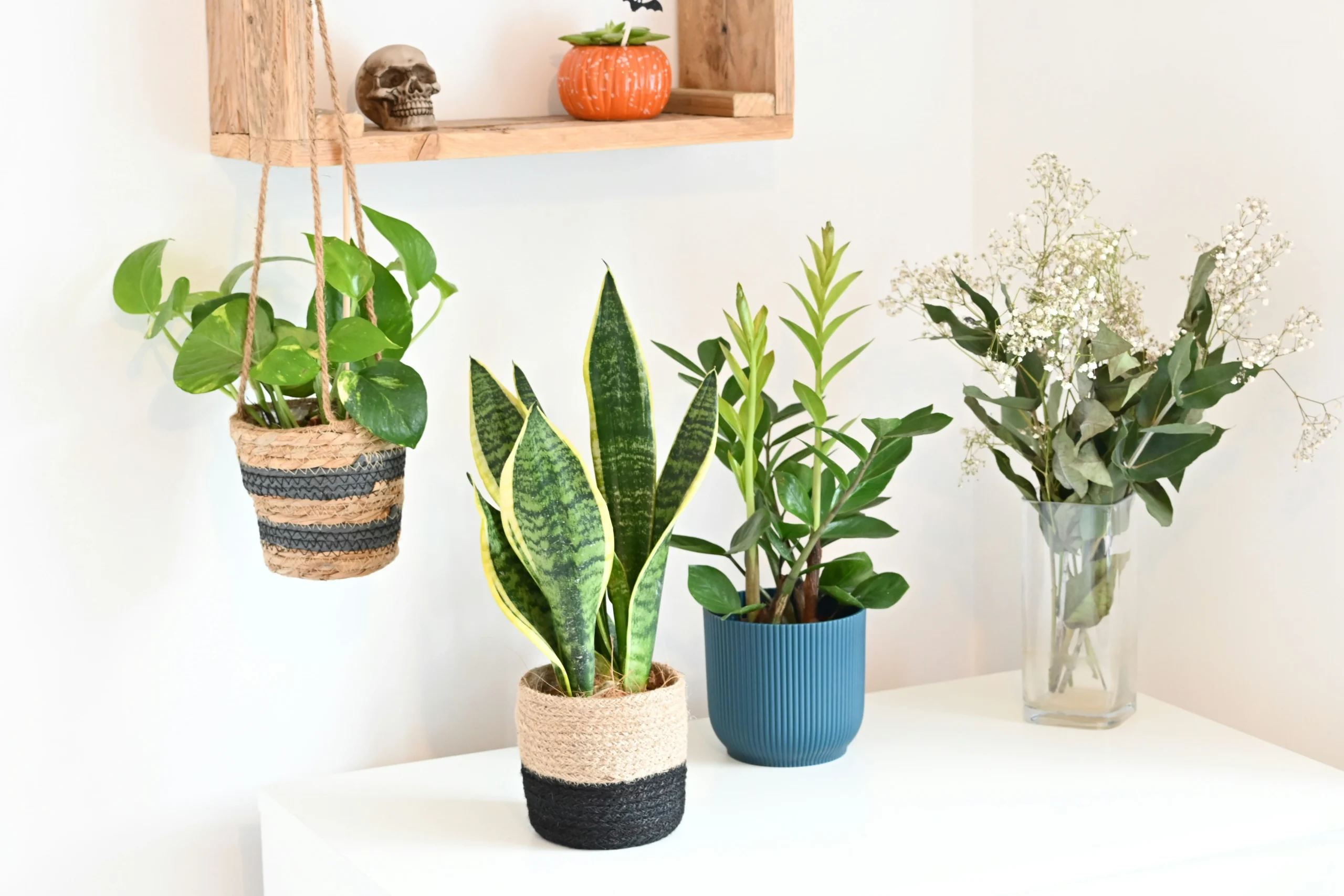The blog
A creative and inspirational blog written to help you create peace and harmony in your home.
How Biophilic Design Can Transform Your Home— And Your Well-being
Imagine waking up in a home that instantly soothes your senses—the soft sound of water trickling, fresh air flowing through open windows, and lush green plants filtering the morning light. This isn’t just a dream. It’s the power of biophilic design, a concept that taps into our deep-rooted love of nature to create spaces that support human health, boost cognitive function, and enhance overall well-being.
In today’s fast-paced world, many of us spend most of our time indoors, disconnected from the natural world that our bodies and minds crave. But what if your home could bridge that gap? What if simple design choices could lower your heart rate, improve your mental health, and bring a greater sense of harmony into your everyday life?
Let’s explore five powerful ways to bring biophilic design into your home and experience the positive impact of nature—without leaving your living space.
1. Breathe Life into Your Home with Indoor Plants
Have you ever noticed how a single potted plant can transform a room? Plants do more than just add beauty to a space, they actively improve oxygen levels, regulate humidity, and even lower blood pressure.
Adding lush green plants like a snake plant, peace lily, or fiddle-leaf fig is a simple way to bring the natural environment indoors. Not only do they purify the air, but they also introduce organic shapes and natural patterns, helping to reduce stress and increase focus.
For a more immersive experience, consider a vertical garden or a collection of house plants in different sizes and textures. The use of plants throughout your home, from the living room to the bathroom, creates a multi-sensory experience that mimics the great outdoors.
Tip: Position plants near large windows to take advantage of natural lighting, and choose low-maintenance options if you’re new to plant care
2. Open Windows and Embrace Natural Ventilation
We often underestimate the power of fresh air in shaping our well-being. Stale, stagnant indoor air can make us feel sluggish, while good natural ventilation invigorates both mind and body.
Opening windows is a great way to regulate indoor temperature, reduce toxins, and invite the sounds of nature, like birdsong or rustling leaves—into your home. If you live in a high-pollution area, consider installing air-purifying filters or using house plants known for their air-cleaning properties.
Even in small spaces, swapping heavy drapes for light, airy curtains can enhance airflow, creating a more dynamic and refreshing environment.
Tip: Make a habit of opening windows for at least 10 minutes each morning to refresh your interior spaces and boost your mood.

3. Incorporate Water Elements for a Calming Atmosphere
Water is a fundamental part of the natural world, and its presence in the home can have a profound effect on relaxation and focus. Studies show that the sound of nature, particularly water elements, can lower stress levels and enhance cognitive function.
A tabletop fountain, an indoor waterfall, or even an aquarium can introduce the soothing presence of water into your home. These features create a rhythmic background noise that promotes mindfulness, reduces anxiety, and supports a sense of tranquility.
If an indoor water feature isn’t practical, consider placing images of nature, like flowing rivers or ocean waves, around your home. Even visual biophilic elements can trick the brain into experiencing the biophilic benefits of nature.
Tip: Position a water feature near your workspace to create a peaceful and productive atmosphere.
4. Maximise Natural Lighting for Better Health
Light influences everything from our circadian rhythm to our mood and physical health. Many modern homes rely too heavily on artificial lighting, disrupting sleep patterns and reducing overall well-being.
Optimising natural lighting through skylights, large windows, and reflective surfaces can dramatically improve indoor environments. Light, especially in the morning, helps regulate human tendency for alertness, improves sleep quality, and boosts happiness.
If your home lacks sufficient daylight, using warm-toned LED bulbs that mimic sunlight can still provide some biophilic benefits. You can also strategically place mirrors to reflect natural light into darker corners of your home.
Tip: Arrange your furniture to take advantage of natural surroundings, allowing light to flow freely through your home.
5. Use Natural Materials and Organic Shapes in Home Decor
The built environment should feel like an extension of the natural environment. Incorporating biophilic design elements such as wooden furniture, natural stone, and organic shapes can create a space that feels warm, grounding, and inviting.
Curved furniture, accent walls with earthy textures, and textiles that mimic the natural beauty of landscapes can make your home feel more connected to Mother Nature. Even simple changes, like switching from synthetic materials to linen or wool, can enhance the sensory experience of your space.
Textures that resemble tree bark, river stones, or sand dunes can further deepen the connection to nature, reminding us of the forms of life that surround us in the great outdoors.
Tip: Mix biophilic design principles with your personal style—your home should be a reflection of both your aesthetic and your connection to nature.

Bring the Outdoors In and Transform Your Home
A biophilic home design is more than just a trend, it’s a way of living that reconnects us with the natural rhythms that nourish our body and mind. By integrating biophilic interior design into our indoor spaces, we create homes that support mental health, improve cognitive function, and enhance overall happiness.
Whether it’s through indoor plants, water features, open windows, or the use of natural elements, every small change you make brings you one step closer to a home that truly nurtures you.
🌿 Ready to create a biophilic home? Start with one simple change today—whether it’s adding a plant to your desk, swapping out synthetic decor for wooden furniture, or letting in more fresh air. Your home should be a place that heals, inspires, and connects you to the beauty of the natural world.
What’s your favourite way to bring nature into your home? Let’s start a conversation—comment below! 🌿💚


Imagine waking up in a home that instantly soothes your senses—the soft sound of water trickling, fresh air flowing through open windows, and lush green plants filtering the morning light. This isn’t just a dream. It’s the power of biophilic design, a concept that taps into our deep-rooted love of nature to create spaces that […]

“Your bedroom is more than just a place to rest; it’s your sanctuary—a space for relaxation, connection, and comfort. By incorporating natural fabrics and wood, you can transform your bedroom into a luxurious retreat that feels inviting and supports your well-being.” Why Your Bedroom Deserves Special Attention The master bedroom often gets overlooked in home […]

“Did you know that adding just a single pot of greenery to your living space can improve your air quality and even your mental health?” I didn’t. For years, I wasn’t much of a plant person. I didn’t get the appeal of keeping plants indoors, let alone spending hours picking the “right kind of plant.” […]

More than ten years ago, I found myself standing in the cleaning aisle of a supermarket, holding a brightly coloured bottle of a product I’d used countless times before. I’d never given much thought to the ingredients—after all, if it was on the shelf, it had to be safe, right? But that day, something was […]